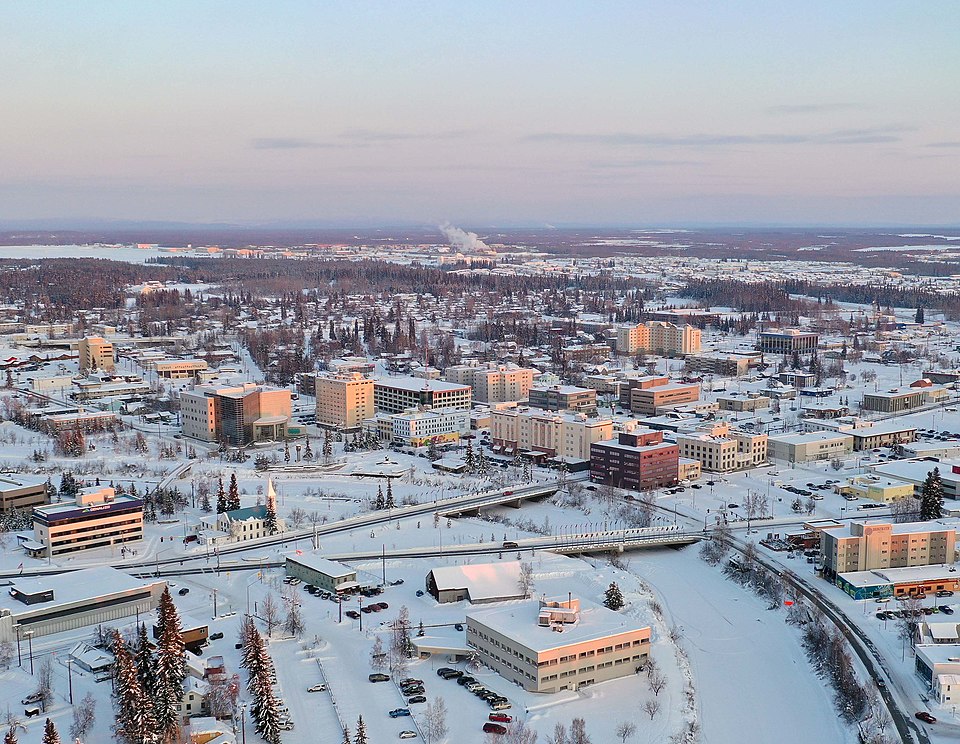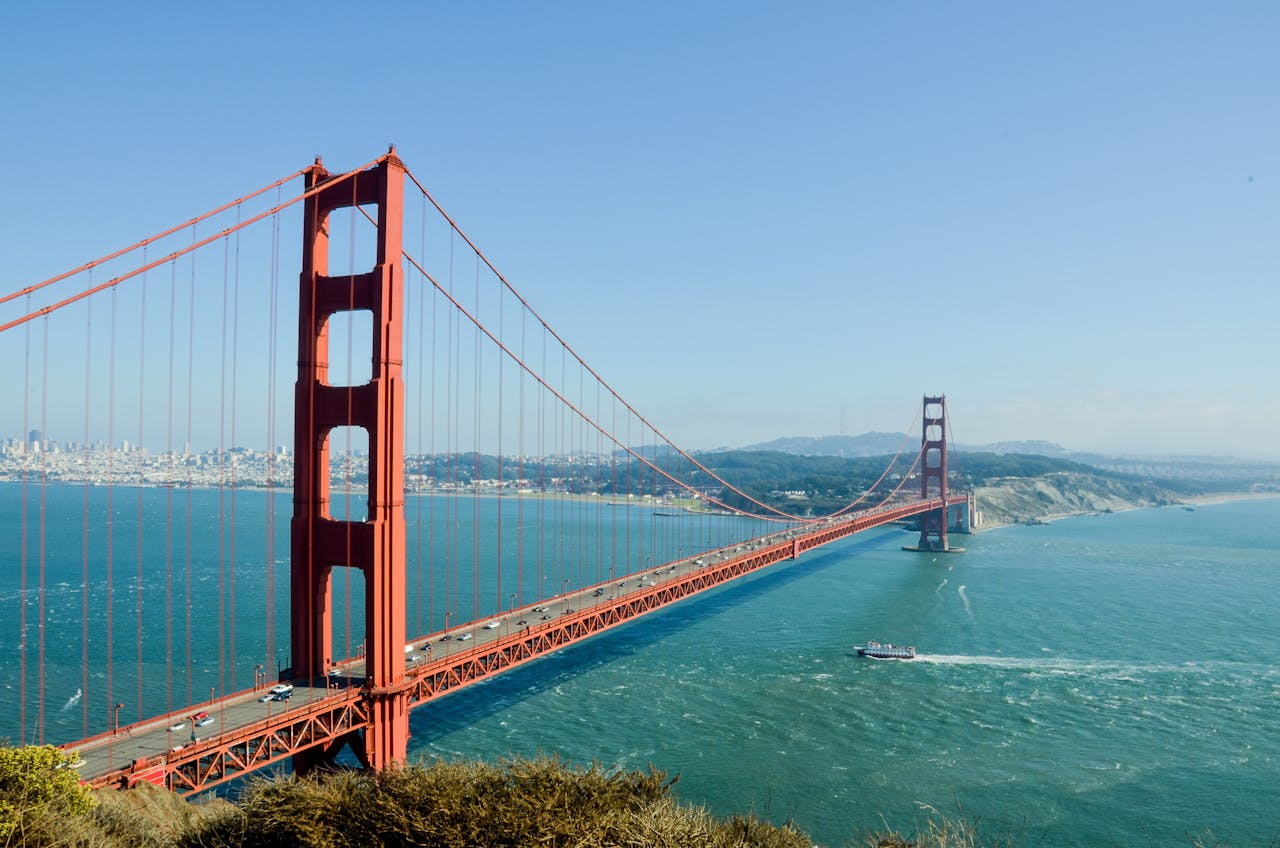State names are time capsules. Many come from Indigenous languages that describe rivers, landforms, or people. Others carry European titles and even literary fantasies that mapmakers treated as real. Below are twelve states with clear, well-supported origins. Each entry adds brief historical context or dates so you can see why the name made sense at the time. No links appear in the body. A short, high-quality Sources list with links is at the end.
Alabama: Land of vegetation
The name Alabama traces to the Alabama River, which European explorers labeled after a local group recorded as the Alibamu or Alabama in the 1600s. Historians suggest the tribal name may combine the roots for vegetation and clearing land for fields. This fits because early accounts describe fertile river valleys and sustained agriculture in the region. State archival notes emphasize that the people and the landscape were closely linked through farming, which explains why the river and then the state carried the same name.
Alaska: A great land

Alaska comes from an Aleut word rendered as Alyeska, commonly translated as great land. Russian administrators used similar forms during the Russian America period, then the United States retained the name after the 1867 purchase from Russia. The translation matches the geography. Alaska is larger than Texas, California, and Montana combined, so early recorders likely used a term that contrasted the vast mainland with nearby islands.
Arizona: A little spring or a good oak
Arizona’s origin is genuinely debated, and territorial records from Spanish language sources keep both theories alive. One well known explanation connects the name to O’odham words meaning place of the small spring, which aligns with how desert settlements formed around permanent water. Another links it to a Spanish or Basque phrase referring to good oak or a place of oak, consistent with wooded uplands early explorers crossed. Because written records in the 1700s were in Spanish, either a water site name or an oak reference could have seeded the official usage.
Arkansas: South wind and a settled pronunciation
Arkansas comes through French spellings of names used for Indigenous groups near the lower Mississippi. Historical explanations often note a meaning tied to people living downstream or south wind. Spelling and pronunciation varied widely through the 1800s, which created confusion in print and speech. In 1881, state lawmakers fixed both by keeping the spelling Arkansas and the pronunciation that sounds like Arkansaw. The decision reflected the region’s French influence while establishing a uniform standard for courts and schools.
California: From a printed legend to a real coastline

California is one of the few state names born in fiction. A popular Spanish romance, published in 1510, described an island ruled by Queen Calafia. When 16th century explorers reached the Baja peninsula, some believed they had found that island, so the name California entered European maps. The label drifted north to the mainland as exploration continued. By the 1849 Gold Rush, the name carried a second life as a symbol of riches, but its survival on maps began with a literary myth that cartographers treated as plausible geography.
Colorado: The red river that named a territory
Spanish explorers described a silt heavy river as the Río Colorado, literally the red colored river. When Congress organized the Territory of Colorado in 1861, it adopted the regional name already in common use. The choice made sense visually. Spring runoff still tints many streams red with iron rich soils and clays. In this case, a river color became a territorial title, then a state name without any change in meaning.
Connecticut: The long tidal river
Connecticut comes from Algonquian forms recorded by English colonists in the 1600s as something like Quinnehtukqut, usually glossed as long tidal river. The Connecticut River influenced trade, planting cycles, and town sites, and the state’s name preserved that older geographic knowledge even as the spelling shifted to fit English usage. Although the state is known for early constitutional innovations, the official name points first to the river that rises in the north and swells with the tide far inland.
Delaware: A colonial title turned state identity
Delaware honors Thomas West, the third Baron De La Warr. In 1610, an English mariner applied the title to a prominent cape on the mid Atlantic coast. The label spread from the cape to the bay and river, then to the surrounding region. In 1787, Delaware became the first state to ratify the U.S. Constitution, which cemented The First State identity. The underlying name, however, remains a direct trace of a colonial title that migrated from a headland to a jurisdiction.
Florida: Feast of the flowers
Spanish explorer Juan Ponce de León reached the peninsula during the Easter season in April 1513 and called the region La Florida, a reference to Pascua Florida, the Feast of Flowers. The choice matched the voyage’s timing and the lush coastal vegetation. Early Spanish maps used versions of the label broadly for the southeastern lands, but the name narrowed to the peninsula as imperial borders changed. The floral reference endured because it captured a seasonal and visual truth that travelers recognized immediately.
Georgia: A king’s name for a new colony
Georgia was created under a 1732 royal charter from Britain’s King George II. Officials honored the monarch in the title, a common practice when granting new colonies. The charter had practical goals on the frontier, including serving as a buffer and a place for new settlers, yet the name preserved the political reality of its founding. After independence, the state kept the royal name, just as many American places kept European references that had become familiar to residents.
Hawaii: A homeland with a sovereign past

Hawai‘i is an Indigenous name that predates annexation by the United States. While British visitors in the 1770s labeled the islands the Sandwich Islands, Hawaiian leaders unified the archipelago as the Kingdom of Hawai‘i by 1810 and used the Indigenous name in government and treaties. Linguists connect the word to wider Polynesian language roots associated with homeland and long distance voyaging. The precise translation has multiple shades, but the historical timeline is clear. Islanders kept their name through sovereignty and it carried into territorial and state use.
Idaho: The invented word that became official
Idaho is widely cited as a naming accident that became permanent. In the early 1860s, a promoter claimed Idaho was an Indigenous term meaning gem of the mountains and urged it for a new territory elsewhere. Researchers later showed the word likely had no authentic Indigenous origin. By then, it had appeared on a steamboat and in federal discussions. Congress created the Idaho Territory in 1863 and the name stayed. The Gem State nickname fit the mining economy, even if the word began as a fabrication that official documents repeated into permanence.
Why these names endure
Names last when they match daily experience or when law and print make them hard to dislodge. Rivers and tides still define Connecticut. A red river still explains Colorado. A vast northern frontier still justifies Alaska’s great land. Royal charters fixed Georgia. A printed legend launched California. A mistaken coinage hardened into Idaho. Across the set, language, geography, and authority worked together. Once a name appears on maps, in laws, and on signs, people build their lives around it, and it becomes the story of a place.
Sources
- Library of Congress, U.S. territorial and state documents, accessed September 2025.
- Encyclopaedia Britannica, state etymologies and timelines, accessed September 2025.
- Alabama Department of Archives and History, origin notes on the name Alabama, accessed September 2025.
- Alaska Department of Natural Resources, background on Alyeska and geographic names, accessed September 2025.
- Arkansas Secretary of State, Act of 1881 on the pronunciation of Arkansas, accessed September 2025.


